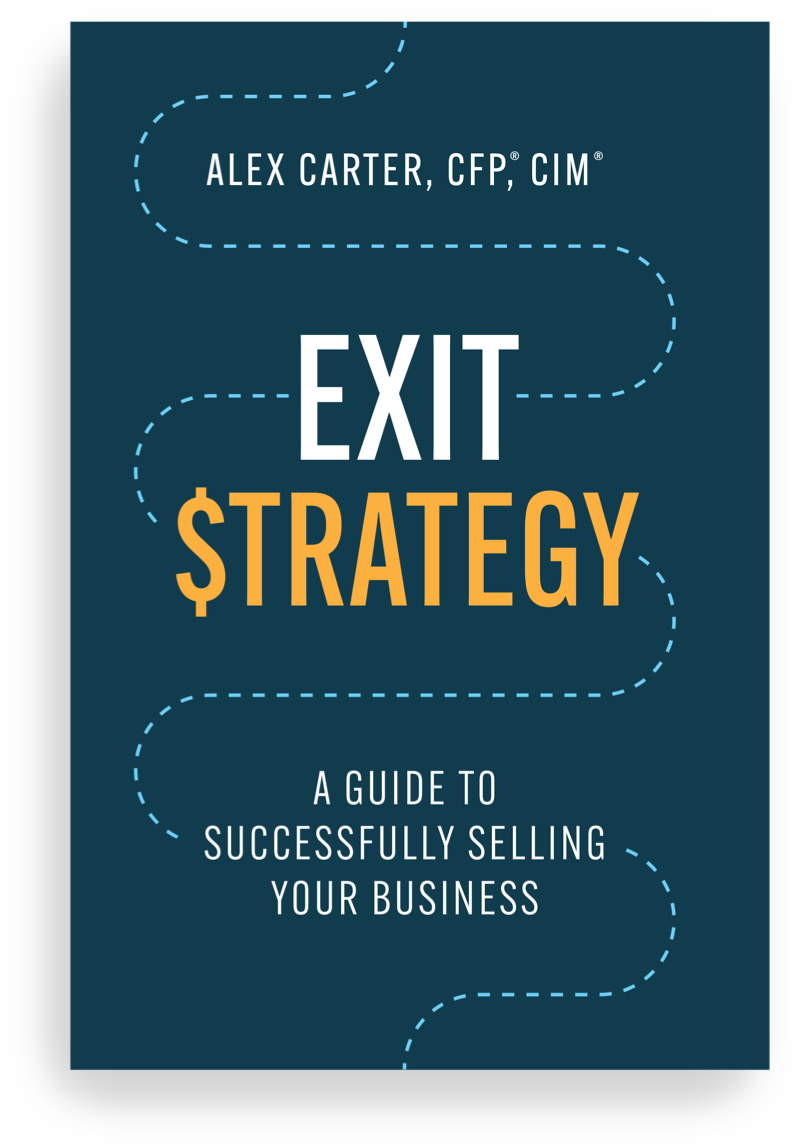Bonds Have Become Less Interest-ing. What’s an Income Investor to Do?
Two decades ago, a 10-year U.S. Treasury bond paid interest of around 6%. (No, that’s not a typo.) Today? The same bond pays well under 1%. Put another way, a retiree in 2000 looking to invest $1 million in exchange for steady income could expect to receive $60,000 annually. At current rates, an individual would only earn $7,000.
For anyone in need of ongoing cash flow, government bonds have lost a huge amount of their shine. They have gone, as one expert has quipped, from offering a risk-free return to posing a return-free risk.
How We Ended Up Here
You’re probably wondering why interest rates these days are so low. There’s a long explanation, but here’s the Coles Notes version:
- After the technology stock bubble burst in 2000, the U.S. Federal Reserve slashed interest rates drastically to spur economic growth. They also implemented “quantitative easing”. Short and long-term rates fell from 2000 to 2003.
- Interest rates climbed from 2003 to 2007. At this point, weakness in the U.S. economy caused by the housing bubble deflating forced the central bank to start cutting again. By early 2009, the Fed’s overnight policy rate stood at just over 0%, while the 10-year bond yielded less than 3%.
- Since the global financial crisis, inflation has generally remained below targeted levels in large developed nations. This has led central banks to maintain low rates.
- When the COVID-19 pandemic hit, the Fed dropped rates to zero and again bought huge amounts of government bonds to keep long-term interest rates at ultra-low levels.
Where to Look for Income
We’re in an environment where interest rates are on the floor, and central banks are being quite explicit that they won’t be raising them any time soon. In fact, the Fed has said they’re “not even thinking about thinking” of hiking rates. This more or less rules out government bonds as a source of reasonable interest for the foreseeable future.
Fortunately, if an investor is willing to take on a bit more risk, decent yields are still available in today’s market. Investments with significantly higher yields than government debt include:
- High-quality dividend paying equities
- Infrastructure assets
- Investment grade bonds
- Certain High-Yield bonds
A Note of Caution
There’s a phrase that’s often bandied about when interest rates are low: “Investors are chasing yield”. What this means is that people are piling into anything that offers high yields, often without sufficient concern for how risky the underlying asset may be. Overly enamoured with a dividend or interest rate, they fail to appreciate that their principal might not be all that safe.
This year has provided a great case study in the folly of chasing yield. Between the S&P 500 Index south of the border and the S&P/TSX Composite here at some, 106 stocks yielded more than 5% as of July 31st. But only 5 of these equities were up year to date, and the group’s average return was an abysmal -35%. Buyer beware, indeed.
Summing Up
The lesson from all of this? With rates so low, investors can look past government bonds for income. They just need to keep in mind that safety of capital should yield to nothing.



